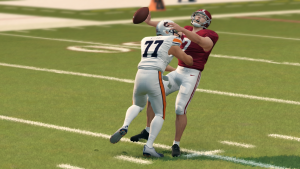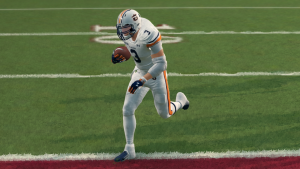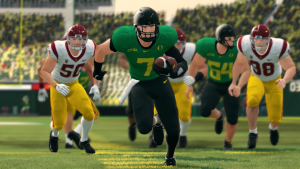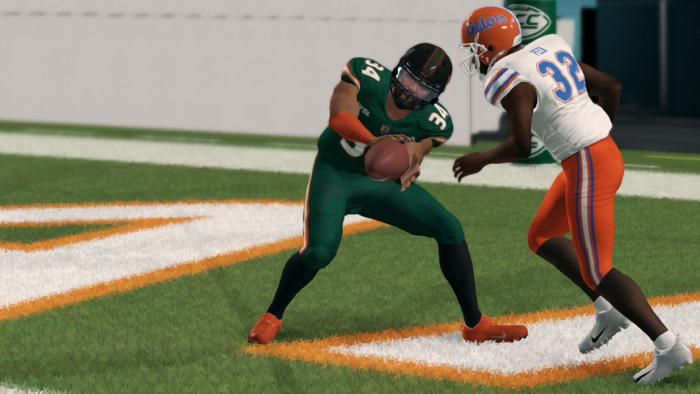
By: Kade Padgett (@kadepadgett)
The CFSL has long been driven by high-powered offenses and Quarterbacks throwing 400-500 yards a game. However, that wasn’t always the case. At one point, during the Early Era of the CFSL (Seasons 1-11), Running Backs dominated nearly every game. Names like Billy Carter, Geaux Bamba, and Bob Smith would average over 120 yards a game.
Eventually, we saw a shift like a pendulum. The CFSL moved away from the dominant ground games and into the air raid attacks that we still see to this day. But as pendulums all do, they swing back in the other direction, and we have begun to see running games come back.
In Season 21 of the CFSL, 12 of the 24 teams in the league averaged over 100 rushing yards a game, with 4 of them averaging over 140 yards per game. USC, Texas A&M, Kentucky, and Miami were the final 4 teams in the CFSL playoffs this past season. All four teams averaged over 100 yards per game on the ground. Of those four teams, all four of them had rushers in the top 20 of total rushing yards on the season. Along with the final four, 11 of the top 12 rushing teams made the playoffs this season, with Michigan State, Florida, Penn State, Florida State, and Alabama as the only teams not over 100 yards per game. Let’s look at the final four teams, and how their rushing attacks took them to the highest points of Season 21.
Miami’s Bo Yost led the league with 1,467 rushing yards and was third in the league in touchdowns with 12. Yost also finished 6th all-time in CFSL single-season history with 47 broken tackles. Yost had 340 rushing yards in the Hurricane’s run to the semi-finals, with 9 broken tackles and 2 rushing touchdowns. Yost failed to reach her average of 134 rushing yards per game, but the Miami Hurricanes would not have made it as far as they did without Yost and her nearly 1,500 rushing yards this season.
Kentucky’s Cole Marks was fourth in the league with 922 rushing yards on the season and was tied for the highest yards per attempt rush on players with more than 30 attempts on the season (6.1 Yards per Attempt). Marks had 188 rushing yards in Kentucky’s semifinal run and maintained his 6.1 yards per carry. Kentucky was always a much more pass-heavy team, and that allowed Marks to thrive in the work that he would get each game.
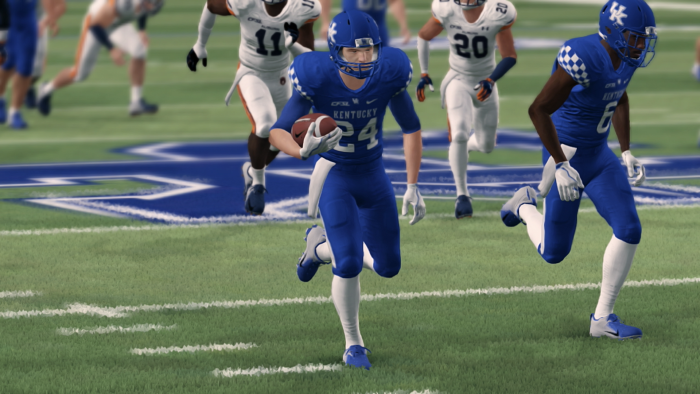
Texas A&M was the only one of the final four teams that did not have a rusher in the top 10 of the final rushers, but they did have 2 rushers in the top 20. Running Back Felissa Sneed had 624 rushing yards this season, and Quarterback Owen Dart had 539 rushing yards this season. Both runners averaged over 4 yards per carry, and they scored 18 touchdowns as a duo.
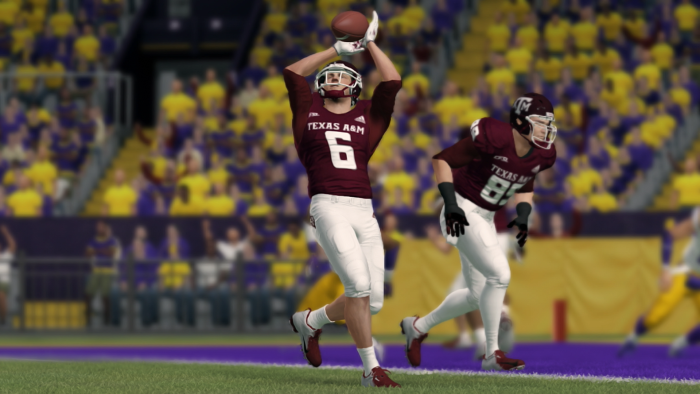
The back-to-back national champion USC Trojans, like the Texas A&M Aggies, also had two rushers in the top 20 on the season. They also had one in the top 10 with Messiah Bishop. Jamesyn Golde added nearly another 550 yards on the ground with Bishop’s nearly 750 yards. The duo totaled 12 touchdowns (6 a piece) and ranked as the sixth-highest rushing team of the season.
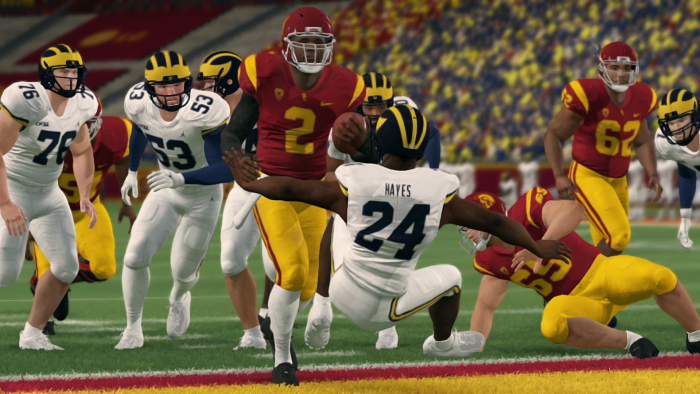
Other teams had more success than the teams listed above. The Auburn Tigers, who had 2 rushers in the top 5 of the leading rushers this season, led the league with 232 rushing yards per game this season. Running Back Thomas Scally finished right at 1,300 rushing yards and 11 touchdowns, while Quarterback Jay Duke added 869 rushing yards (led all quarterbacks) and 9 touchdowns.
The Oklahoma Sooners came in just behind Auburn with 204 rushing yards per game and also had 2 rushers in the top 10 in the leaderboards for this season. Generational Talent Quarterback Himoteo Del Este led the Sooners with nearly 800 rushing yards and 10 rushing touchdowns while Running Back DJ Yost had nearly 700 rushing yards and 3 rushing touchdowns.

It is clear to see that the CFSL is getting closer to an even balance of heavy passing teams and heavy running teams. There will always be games where quarterbacks throw for 500 yards and 6 touchdowns; that is just the nature of the beast. But watching a team run for 300 yards in a game is just something to behold.
Season 22 has the potential to be the season where we see some new names on the single-season rushing leaders list and bring the running game back to the forefront of the CFSL. New archetypes and the balance of the teams across the conferences will allow running backs to get back to their former glory.
